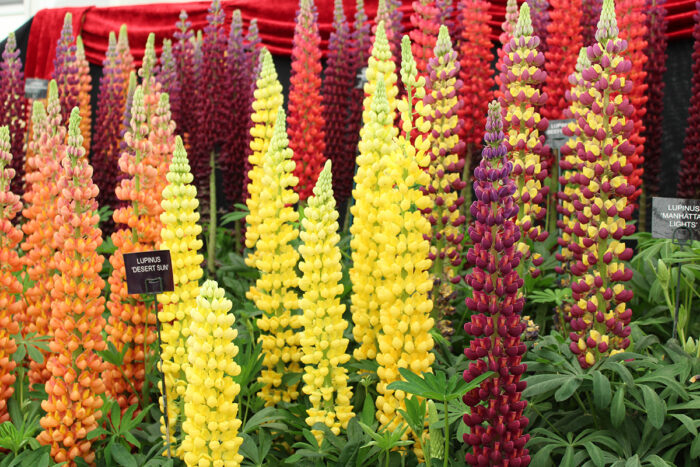
Lupines (Lupinus spp. and cvs., Zones 3–9) are beloved, old-fashioned garden plants that are on the wish list for many gardeners. The truth is that while lupines are very desirable perennials often seen in full flower or in bud at garden centers, few gardeners ever seem to have much luck in keeping these lovely flowers returning year after year.
Why lupines have trouble coming back
Most gardeners are surprised to learn that most garden-center lupines are considered to be hardy annuals or half-hardy perennials at best. Either way, this means that all are very short-lived, especially once they are in our gardens. It seems that most commercial nursery plant labels skip over this fact, but no worries—at least you now know that it wasn’t your poor gardening skills that caused the demise of your gorgeous lupine plant.
Understanding breeding and taxonomy
With over 200 species, the genus Lupinus is surprisingly not all that diverse. Most are purple, and many taxonomists agree that a good majority of the annual lupines are so similar that even they have difficulty in identifying them. As for the half-hardy types we find so desirable, most are complex hybrids comprised of a number of species that have been crossed with a western North American native, bigleaf lupine (L. polyphyllus, Zones 3–7), which is a Rocky Mountains wildflower.
If your grandmother or neighbor boasts of having true perennial lupines in their garden, it is most likely this species. Old Russell hybrids will self-seed and revert back to a dark violet form, which, while still lovely and old-fashioned, might not check off all of the goals some gardeners envision when they find an image of the tall, multicolored Russell lupines in a gardening book.
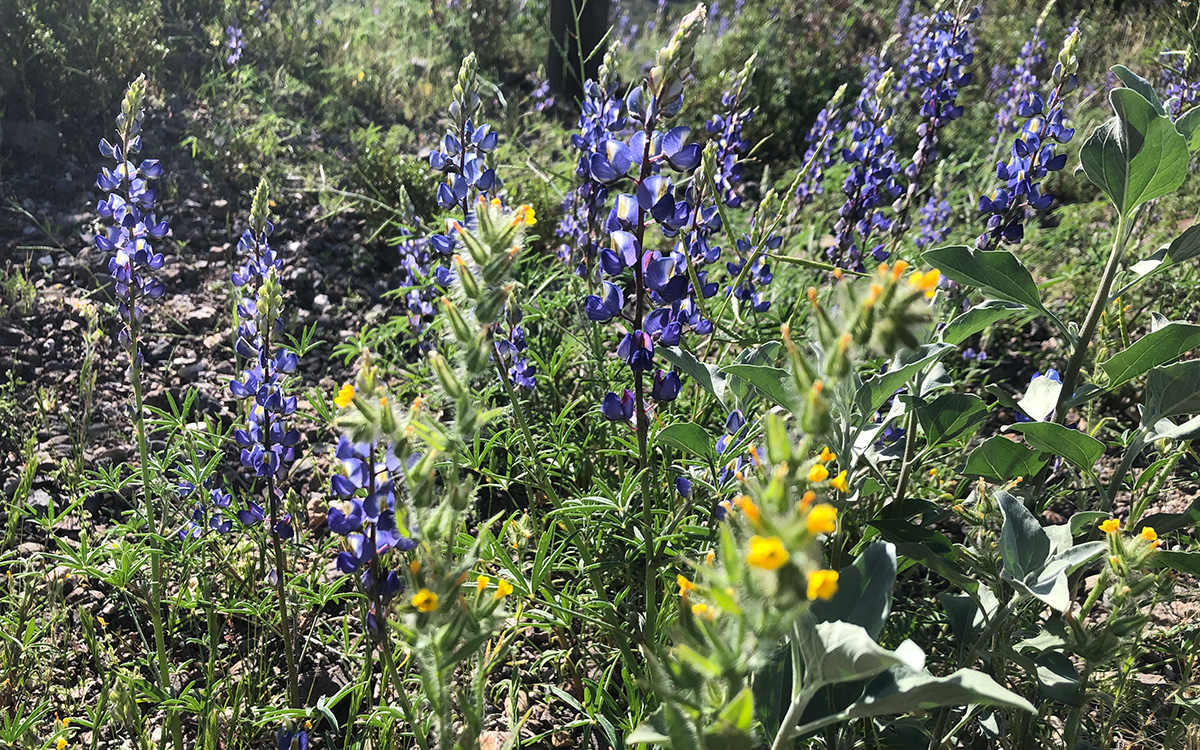
Annual lupines
You may see purple lupines growing on roadsides in the Northeast, or in mountain meadows. These could be any of two annual lupines: L. hartwegii or L. mutabilis, both worthy annuals if direct-sown but small in stature and presence. Another annual, Texas Bluebonnet (L. subcarnosus), is most often included in wildflower seed mixes but is not all that growable in the Northeast, as it is a biennial and generally only grows well where winters are mild and wet (perhaps coastal areas or Atlantic Canada).
Cutting strains vs. seed strains
All lupine species share a strong dislike of root disturbance, as they are naturally taprooted. Since most nursery strains are vegetatively propagated (cuttings), they are essentially clones, which is the only way new hybrids can be offered to consumers with individual colors. If you must have a rosy pink or fuchsia and yellow bicolor lupine, then a nursery-grown plant is the only way to go. If you can be more flexible and accept perhaps a pinky-purple strain, or cherry red and mauve strain, then go with a seed-raised strain sold by color. Since lupine plants are expensive, raising your own from seed is a practical method to obtain a few dozen plants for the price of one.

The best of the cutting-strain lupines
If you are in the market for color and flair, look for these vegetatively propagated strains, which are sold as perennials.
Staircase™ series
Sample cultivars: ‘Red’, ‘Orange’, ‘Yellow’ ‘Blue’
Commercial strains such as the Staircase™ series produce short plants but were developed for the nursery trade from a number of species. Consider the plants in this series to be half-hardy perennials, with a garden life of one to two years.
Westcountry™ series
Sample cultivars: ‘Masterpiece’, ‘Red Rum’, ‘Blacksmith’, ‘Terracotta’
This is a popular series commonly found at garden centers. All are patented and vegetatively propagated to ensure uniformity, so this is a strain that cannot be raised from seed. These must be grown from cuttings. These, too, are considered to be half-hardy perennials.

The best of the seed strain lupines
The Russell strain of lupines changed how gardeners felt about lupines a hundred years ago. This strain is from a complex, interspecific cross initially developed by the British gardener George Russell back in the early 20th century. Today’s Russell lupines are often outshone by newer introductions, many of which add the Russell moniker, identifying them as a type or group rather than a distinct strain. All are lovely but are as short-lived as nursery-grown plants. That said, starting these strains from seed will offer the longest-lived plants and the most spectacular displays at the lowest cost.
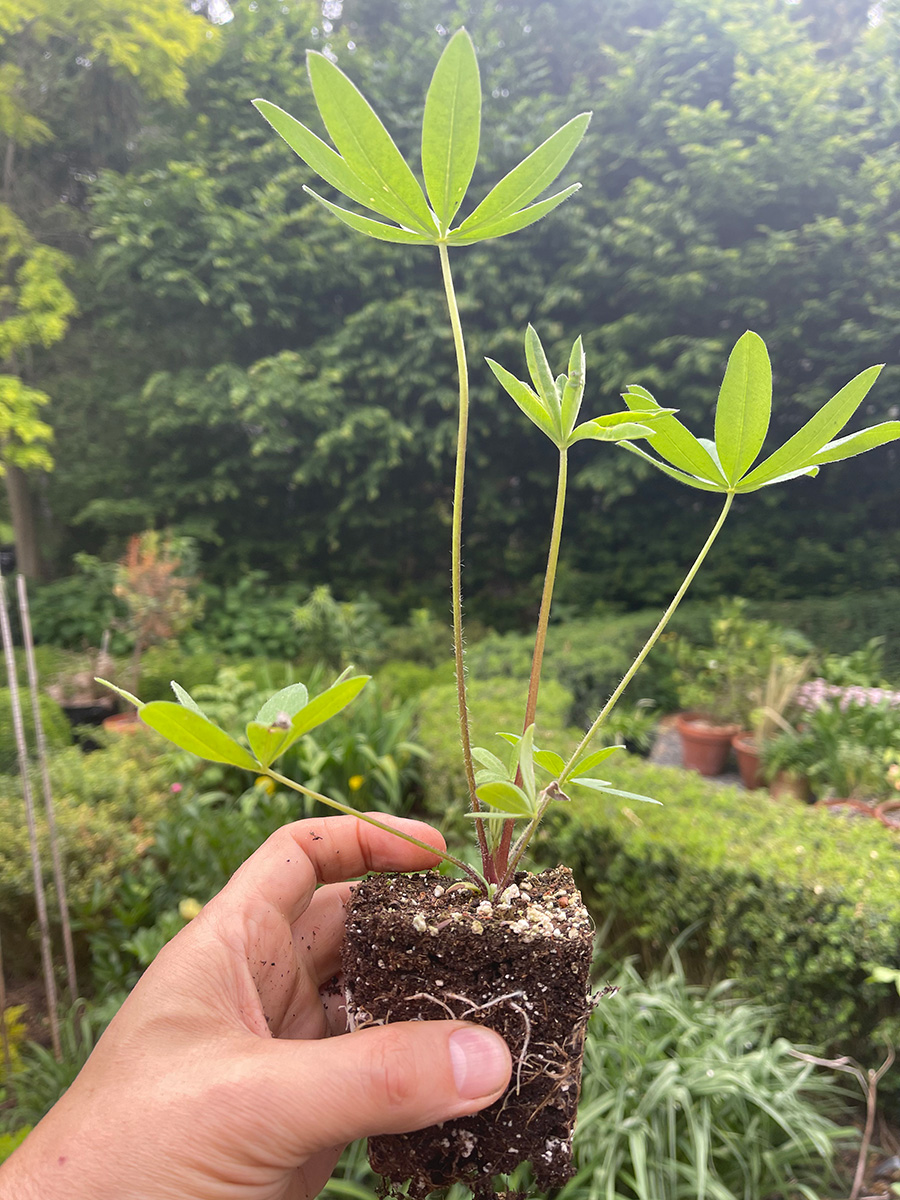
Growing lupines from seed
Lupines are prone to fungal diseases and some viruses; most of these are spread by mishandled seed. It is best to source hot-water-treated seed (like the JET® seeds from Jelitto), which will cut down on pathogens spread on the seed surface. Soak seeds overnight, and plant those that double in size. Place them singly into 4-inch pots. Remember that lupines dislike being pricked out—no root disturbance! The greatest challenge in starting lupines is keeping nighttime temperatures near 55°F or lower, even if the plants are started indoors. It may make sense to start seeds on a porch or deck outside in April.
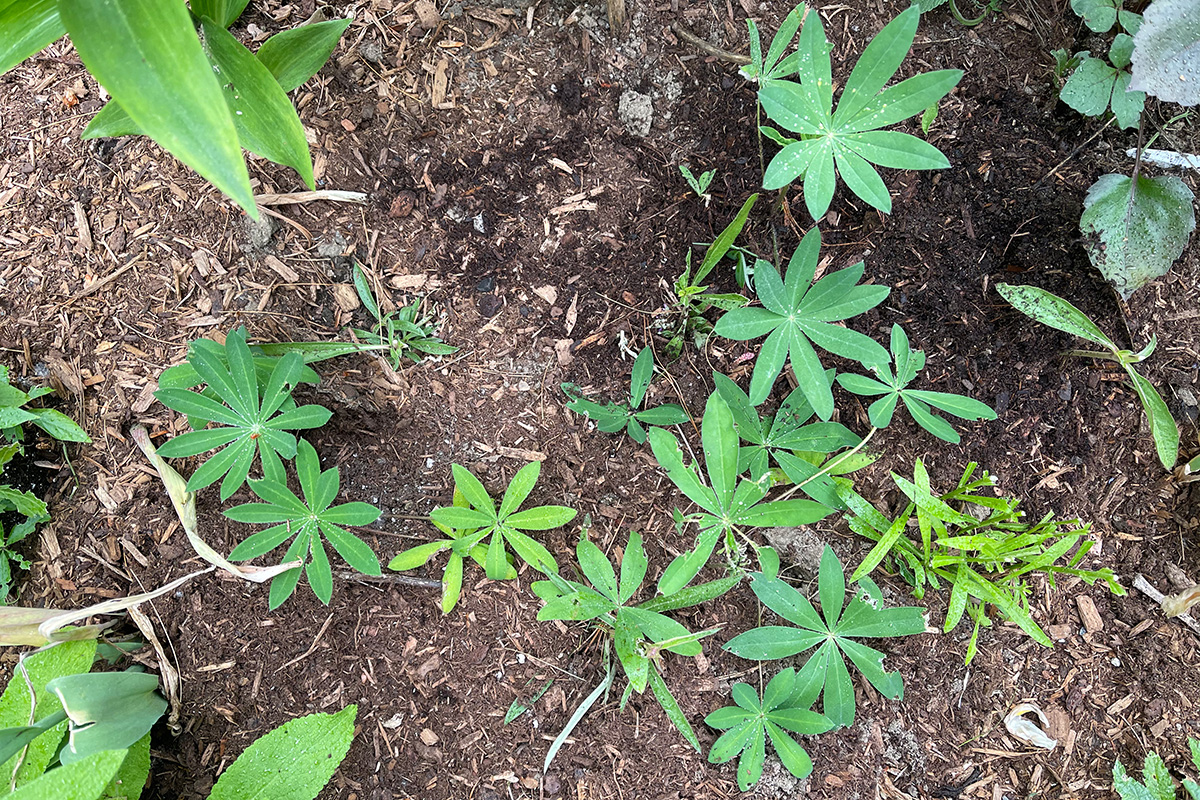
Transplanting into the garden
Slip seedlings out of their pots and into the garden, providing them lots of room to expand (a crowded border will shade them too much). Lupines grow best where nights are cool in summer, so the farther north you live, the better luck you will have. If you sow the seed strains of lupines every year or every other year, you will have sensational displays of tall lupines worthy of a British flower show every year.
Pest patrol is a must
Mature plants, while relatively pest-free, rarely can survive an outbreak of aphids. Destructive black aphids find lupine flower buds irresistible in late spring. Aside from using a mild insecticide, gardeners often have luck using a strong blast of water, soapy water and a sponge, or going in with fingertips and gloves—the latter of which is not for the weak-hearted.
—Matt Mattus is the author of two books: Mastering the Art of Flower Gardening and Mastering the Art of Vegetable Gardening. He gardens in Worcester, Massachusetts.


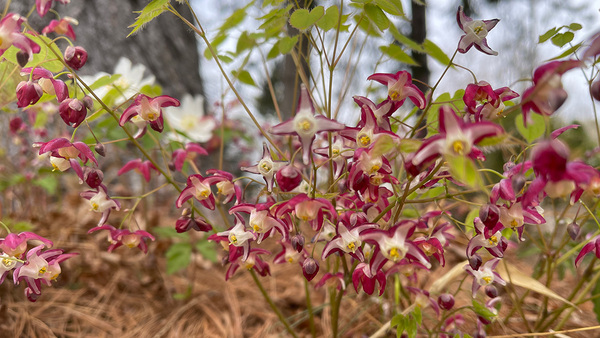
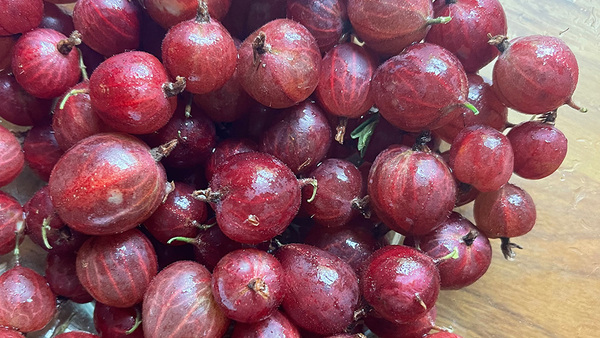














Comments
I did direct sow last year, had no flowers. This year they were beautiful, so many blossoms, then the voles arrived.
Log in or create an account to post a comment.
Sign up Log in